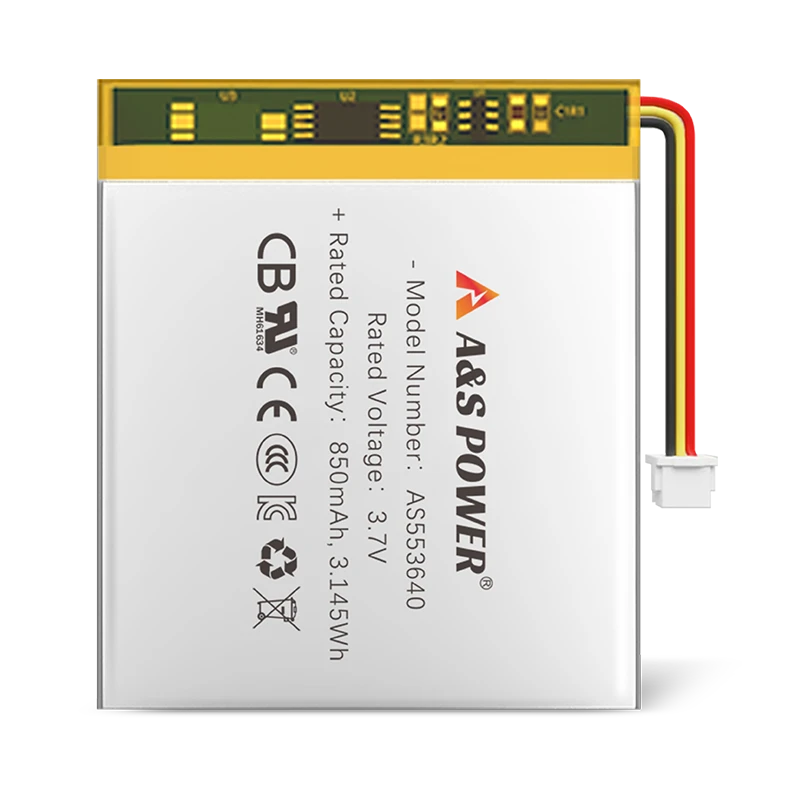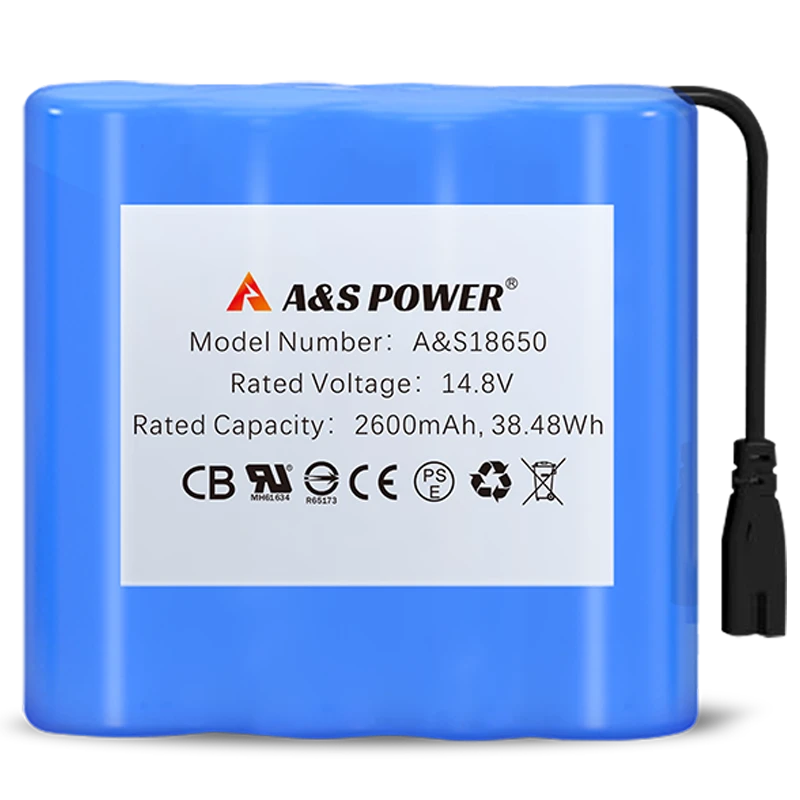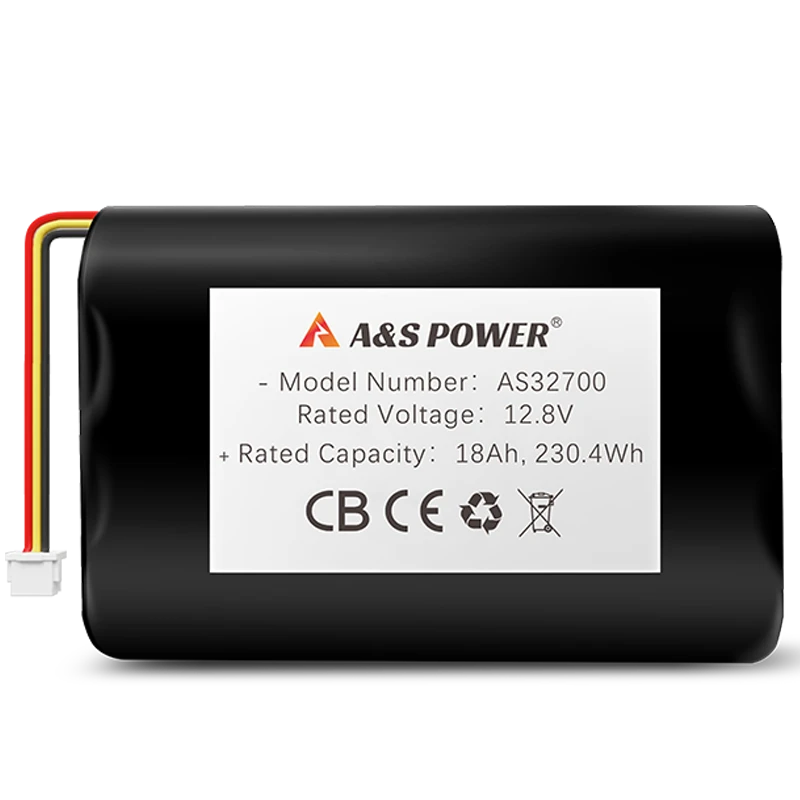How much impact does fast charging have on lithium batteries
How Much Impact Does Fast Charging Have on Lithium Batteries?
Fast charging has become a critical feature in modern lithium-ion batteries, driven by consumer demand for quick energy replenishment in electric vehicles (EVs), smartphones, and grid storage systems. However, rapid charging introduces significant challenges, including accelerated degradation, thermal stress, and safety risks, which can reduce battery lifespan by 30–50% compared to standard charging protocols. With the global fast-charging market projected to grow from 5.2billionin2023to18.9 billion by 2030 (CAGR 19.8%), understanding the trade-offs between charging speed and battery longevity is essential for manufacturers, consumers, and policymakers. This analysis explores the electrochemical, thermal, and economic impacts of fast charging while evaluating emerging solutions to mitigate its adverse effects.
Electrochemical Degradation Mechanisms Under Fast Charging
Lithium Plating and Dendrite Formation
Fast charging at rates exceeding 1C (1-hour charge time) induces lithium plating on graphite anodes, where lithium ions accumulate on the surface instead of intercalating into the electrode structure. This phenomenon occurs due to kinetic limitations—lithium diffusion within graphite is slower than ion transport in the electrolyte, leading to metallic lithium deposition that forms conductive dendrites. These dendrites can pierce the separator, causing internal short circuits and increasing the risk of thermal runaway. Studies from the University of Michigan reveal that 4C charging (15-minute 0–80%) accelerates lithium plating by 400%, reducing cycle life from 1,200 to just 600 cycles in NMC 811 cells.
Cathode Structural Degradation and Transition Metal Dissolution
High charging currents generate localized heat and mechanical stress within cathode materials, particularly in nickel-rich NMC (LiNi₀.₈Mn₀.₁Co₀.₁O₂) and high-voltage NCA (LiNi₀.₈Co₀.₁₅Al₀.₀₅O₂) chemistries. The rapid extraction of lithium ions causes lattice collapse, releasing transition metals (Ni, Co) into the electrolyte. These dissolved metals migrate to the anode, catalyzing further SEI (solid-electrolyte interphase) growth and consuming active lithium. Research from Stanford University demonstrates that 3C charging increases cobalt dissolution by 250%, leading to a 20% capacity loss within 300 cycles compared to 1C charging.
Table 1: Fast Charging Impact on Battery Performance
| Parameter | 1C Charging | 2C Charging | 4C Charging |
|---|---|---|---|
| Cycle Life (80% Capacity) | 1,200 cycles | 800 cycles | 600 cycles |
| Lithium Plating Risk | Low | Moderate | High |
| Cathode Degradation | 10% loss | 20% loss | 35% loss |
| Thermal Runaway Risk | <0.1% | 1.5% | 5% |
Thermal and Safety Implications of Fast Charging
Heat Generation and Thermal Management Challenges
Fast charging generates substantial Joule heating due to increased internal resistance, raising cell temperatures by 15–25°C during 4C charging compared to 5–10°C in 1C scenarios. Elevated temperatures accelerate electrolyte decomposition, SEI thickening, and gas evolution, which can lead to cell swelling and pressure buildup. Tesla’s 4680 cells mitigate this with internal cooling channels, maintaining temperatures below 40°C even at 6C rates, but most commercial batteries lack such advanced thermal management.
Safety Risks and Mitigation Strategies
Thermal runaway—triggered by dendrite-induced shorts, oxygen release from cathodes, or electrolyte combustion—is 5x more likely under 4C charging than standard charging. Modern batteries employ multiple safeguards:
- Voltage Cutoffs: BMS (Battery Management System) limits charge voltage to 4.2V ± 0.05V to prevent overcharging.
- Current Interruption: Solid-state fuses activate within 100μs during overcurrent events.
- Phase-Change Materials (PCMs): Absorb excess heat during thermal spikes, delaying runaway onset by 300%.
Despite these measures, EV fast-charging stations still report 0.3% failure rates per 10,000 charges, emphasizing the need for further innovation.
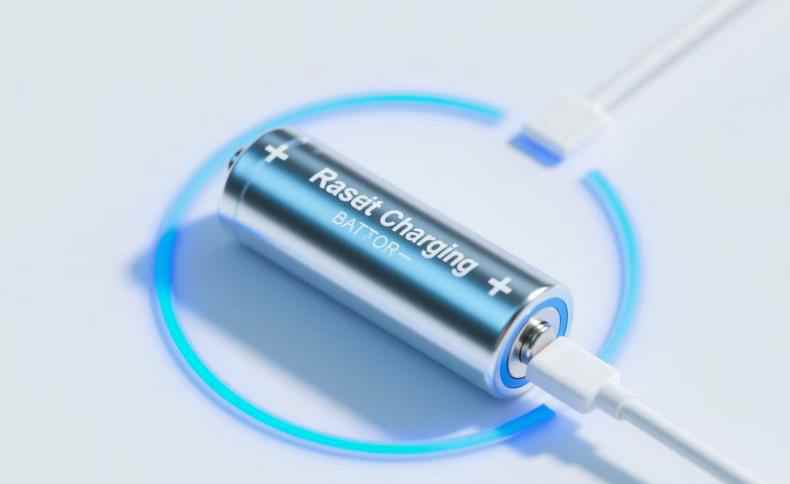
Economic and Environmental Trade-Offs
Total Cost of Ownership (TCO) Considerations
While fast charging reduces downtime, it increases long-term costs:
- Battery Replacements: A 300-mile EV battery lasting 10 years under 1C charging may require replacement after 6–7 years with 4C usage, adding 5,000–8,000 in lifecycle costs.
- Energy Efficiency Losses: Fast charging wastes 8–12% more energy as heat compared to slow charging, increasing electricity costs by $150/year for frequent users.
- Recycling Challenges: Degraded fast-charged batteries yield 30% less recoverable lithium due to irreversible plating, raising recycling costs to 15/kWh∗∗vs.∗∗8/kWh for gently cycled cells.
Environmental Impact of Accelerated Degradation
Frequent fast charging exacerbates resource depletion:
- Cobalt Demand: Increased cathode degradation raises cobalt consumption by 25% per kWh over a battery’s life.
- Carbon Footprint: Manufacturing replacements for prematurely degraded batteries adds 1.2 tons CO₂ per EV, negating emissions savings from electric drivetrains.
- Landfill Risks: Poorly recycled fast-charged batteries contribute to 500,000 tons/year of hazardous waste by 2030.
Table 2: Economic and Environmental Impact of Fast Charging
| Factor | 1C Charging | 4C Charging | Impact Increase |
|---|---|---|---|
| Battery Lifespan | 10 years | 6 years | 40% reduction |
| Energy Waste | 5% | 12% | 140% increase |
| Recycling Yield | 95% Li recovery | 65% Li recovery | 32% decrease |
| CO₂ Footprint | 8 tons/EV | 9.2 tons/EV | 15% increase |
Emerging Technologies to Mitigate Fast Charging Damage
Silicon-Dominant Anodes and Lithium Metal Alternatives
Silicon-graphite composites (20–30% Si) offer higher lithium diffusion rates, reducing plating risk at 4C charging. Tesla’s 4680 cells use 10% silicon anodes, enabling 15-minute 10–80% charging with <5% plating. Solid-state batteries (e.g., QuantumScape) replace graphite with lithium metal, eliminating plating entirely—prototypes achieve 5C charging with 1,000+ cycles.
Advanced Thermal Management and AI-Optimized Charging
- Microchannel Cooling: BMW’s 2025 EVs integrate coolant channels between cells, reducing peak temperatures by 10°C during fast charging.
- AI-Powered Charging: Machine learning adjusts currents in real-time based on cell health, extending lifespan by 20%.
Conclusion: Balancing Speed and Sustainability
Fast charging is indispensable for modern energy storage but requires trade-offs in battery lifespan, safety, and sustainability. Innovations like silicon anodes, solid-state electrolytes, and AI-driven charging can mitigate these issues, but widespread adoption hinges on cost reductions. For now, 2C charging (30-minute 10–80%) strikes the best balance between speed and longevity, offering 800–1,000 cycles with moderate degradation. Manufacturers prioritizing fast-charge durability will lead the $18.9B market, while consumers must weigh convenience against long-term costs.
-

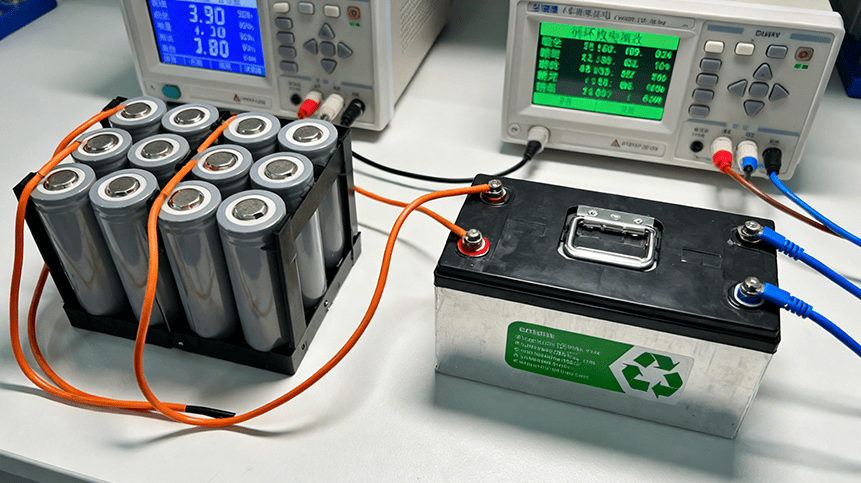 May.2025.11.24Ternary Lithium Battery vs Lithium-ion: Complete Comparison Guide (2025 Edition)Learn More
May.2025.11.24Ternary Lithium Battery vs Lithium-ion: Complete Comparison Guide (2025 Edition)Learn More -

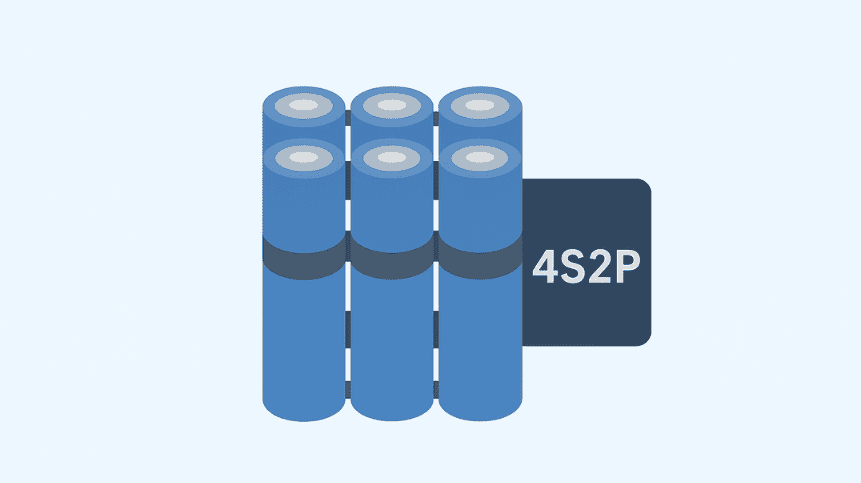 May.2025.11.214S2P 18650 14.8V Battery: Complete Technical Guide, Specs, Applications & SafetyLearn More
May.2025.11.214S2P 18650 14.8V Battery: Complete Technical Guide, Specs, Applications & SafetyLearn More -

 May.2025.11.18PCM vs BMS in Lithium Batteries: What’s the Difference and Which One Do You Need?Learn More
May.2025.11.18PCM vs BMS in Lithium Batteries: What’s the Difference and Which One Do You Need?Learn More -

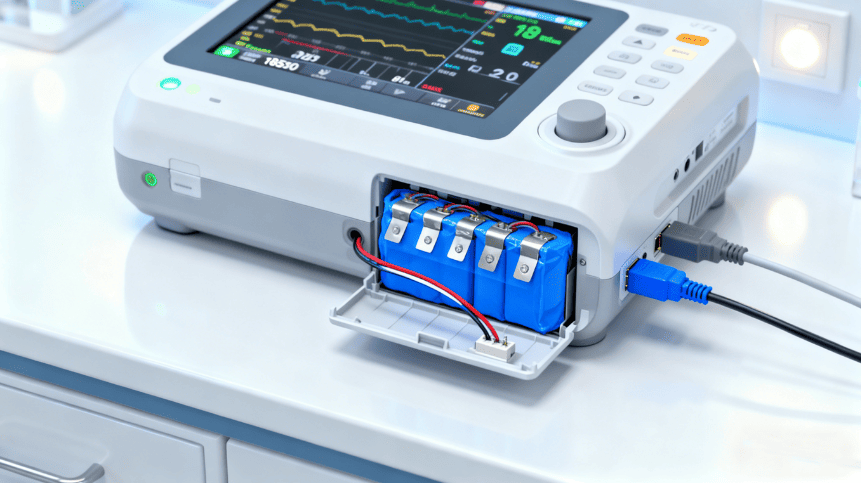 May.2025.11.17Custom Li-ion Battery Design for Medical Devices (2025 Comprehensive Guide)Learn More
May.2025.11.17Custom Li-ion Battery Design for Medical Devices (2025 Comprehensive Guide)Learn More -

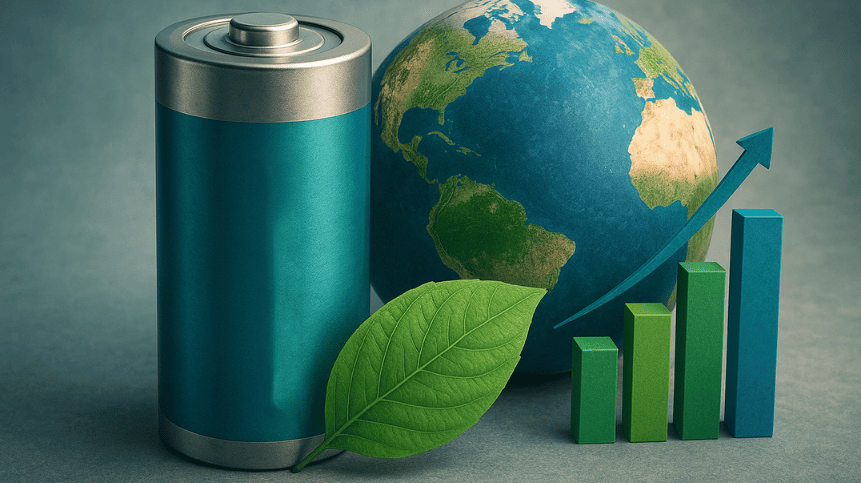 May.2025.11.17The Future of Lithium-Ion Batteries: Innovation, Sustainability, and Global Market TrendsLearn More
May.2025.11.17The Future of Lithium-Ion Batteries: Innovation, Sustainability, and Global Market TrendsLearn More




